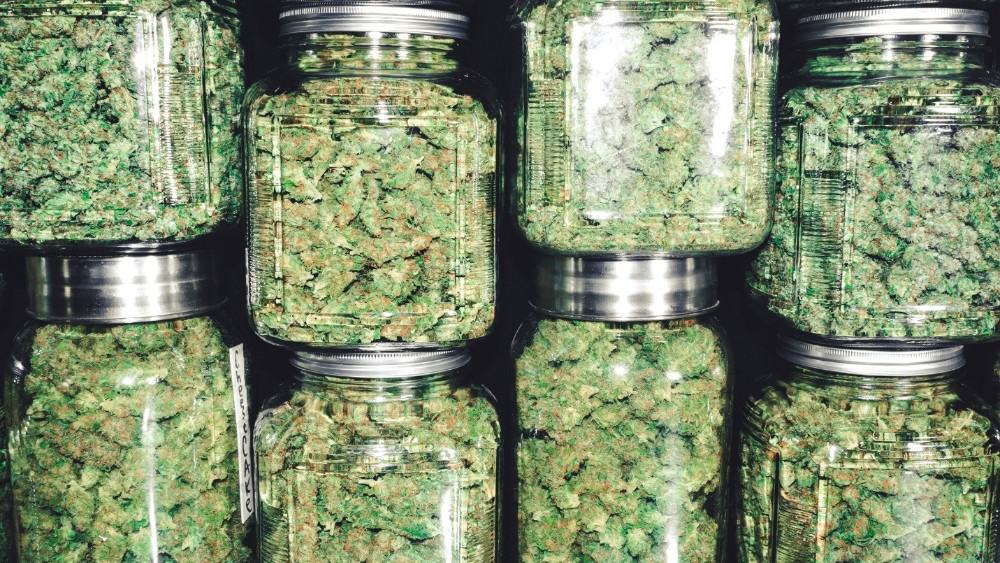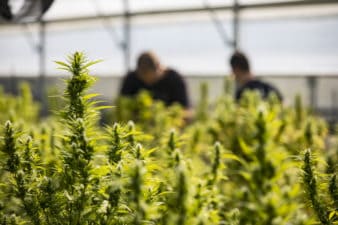A business website, canadianbusiness.com, came out with their list of Canada’s Top 50 New Growth Companies for 2019. The companies on the list represent the most promising companies Canada has to offer.
The common denominator of the Startup 50 is the success by which the companies brought innovative new ideas, products and services to market at a breakneck pace. And one company that has done it in style is Aurora Cannabis (TSX:ACB)(NYSE:ACB).
Rank No. 6
The choice of the Top 50 companies was meant to celebrate businesses that have achieved remarkable growth. The selection committee looked into the two-year revenue growth, and the company must have been founded and generating revenue between July 1, 2013 and early 2016. Aurora volunteered to participate.
Aurora Cannabis is the only cannabis producer that made it to the prestigious line up and its also the lone company that belongs to the agriculture industry. Aurora ranked 6th in terms of two-year revenue growth but had the highest revenue in 2018.
Its 3,735% 2-year revenue growth matches the growth of tech companies. But Aurora’s revenue range of $50 to $100 million in 2018 was the highest among the Top 50 companies.
The green rush
The legal marijuana industry is “greatest thing since the sliced bread” according to a market analyst, and for a good reason. The worldwide sales of legal marijuana tripled from 2014 to 2018, topping $10.9 billion. In the next 10 years, global sales could reach a staggering $200 billion by 2029 to 2030.
The cannabis space is losing its charm of late because of mounting losses, controversies and scandals. But the forthcoming Canadian Cannabis 2.0 market might revive investors’ interest.
The growth opportunity from the edibles market is also breathtaking, and annual sales could be in the vicinity of $2.7 billion.
According to Aurora Cannabis Chief Corporate Office Cam Battley, the company is developing cannabis-infused beverages with some hesitancy. Management thinks and anticipates “a relatively low market share of these products,” which is why the company is in no rush to enter the beverages market.
Aurora’s CEO Terry Booth sees the opportunity for organic edibles and sugar-free edibles. The plan is to introduce a variety of edibles products, including chocolates, mints, and hard baked goods.
Another terrific market segment is vape, although there’s growing concern about the harmful effects of vaping on health.
Biggest advantage
Aurora Cannabis still holds the biggest advantage in the cannabis industry – production capacity. Its Polaris facility is nearing completion by the end of 2019. Once completed, Aurora can ramp up production of high-margin derivative products including edibles in the 300,000 square foot facility.
Despite the current struggles of Aurora Cannabis, it’s a great Canadian cannabis company. If the industry should consolidate, it might very well be one of the prominent survivors.
In any case, market analysts maintain a bullish sentiment on the stock. Their forecast is a potential gain of 128% in the next 12 months.
From the looks of it, the analysts’ estimates are conservative. The massive production capacity of Aurora Cannabis will also give it the advantage if it boils down to a pricing war. Over the long run, Aurora Cannabis would be the top growth company in Canada.







